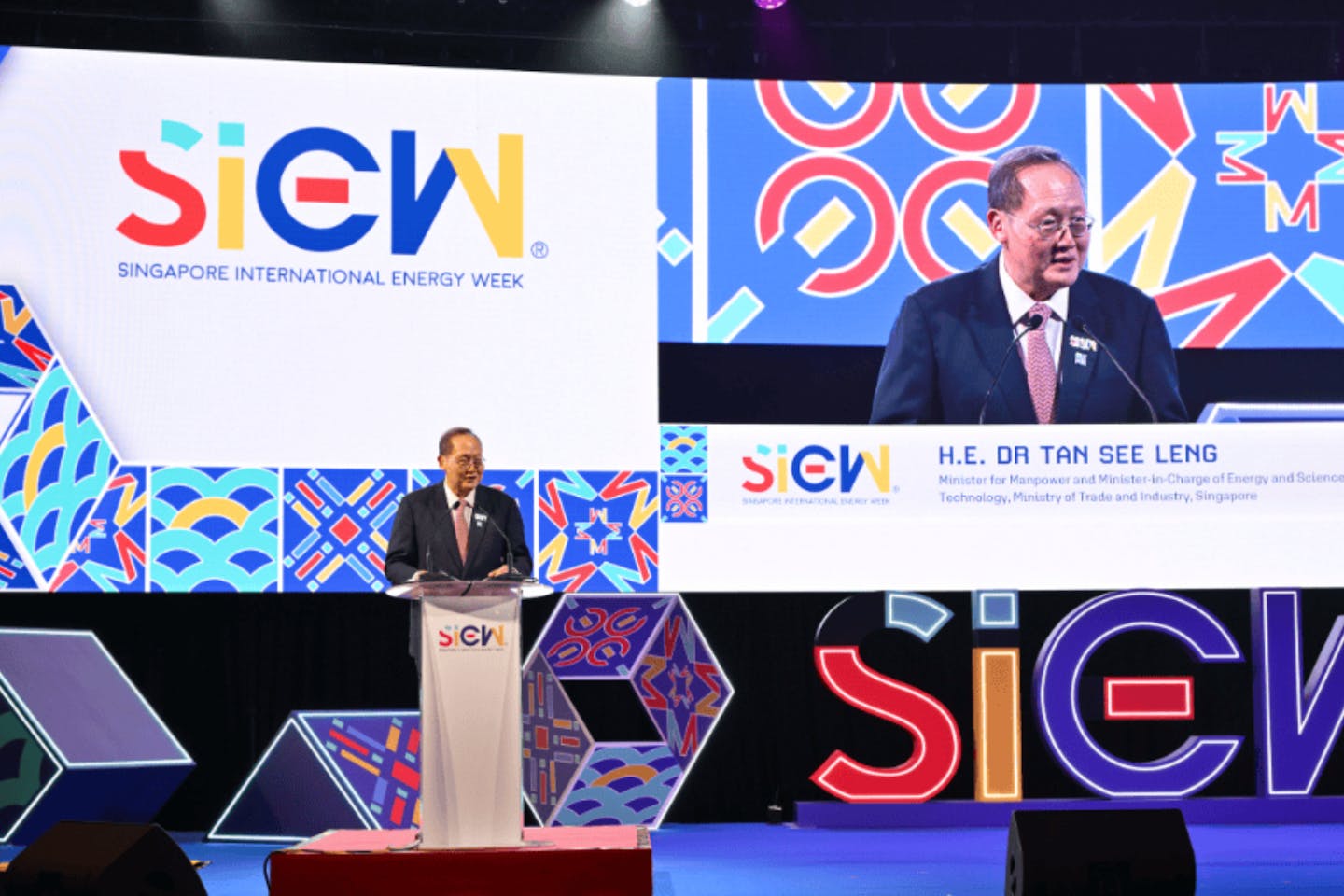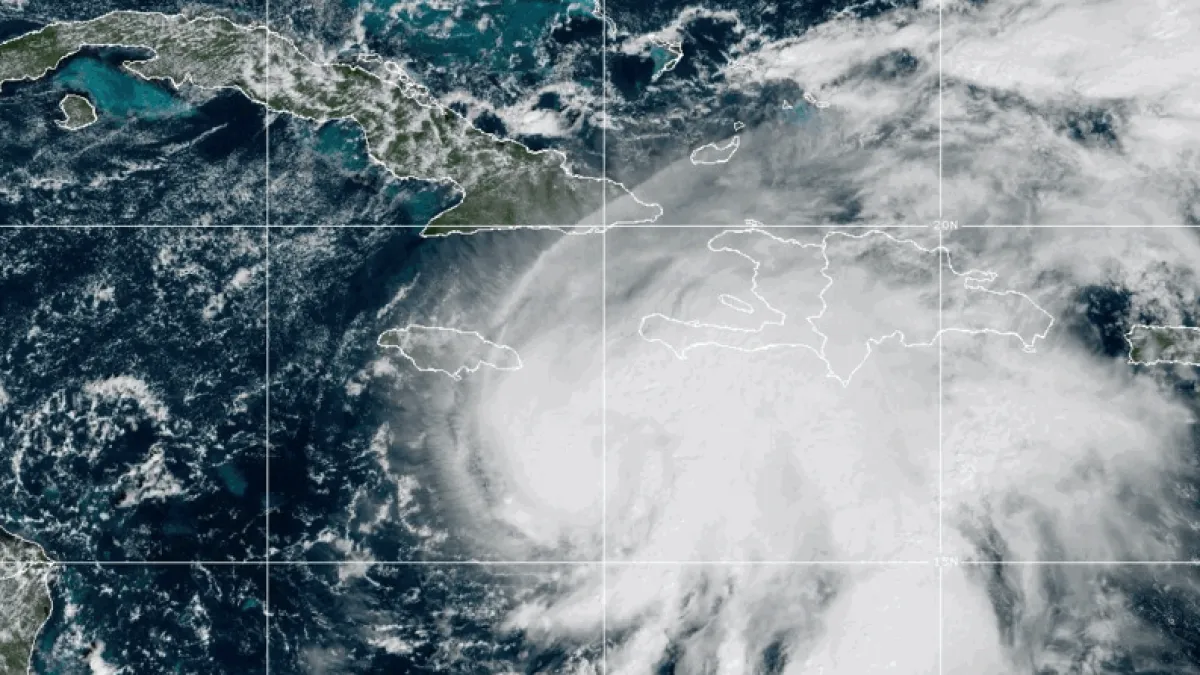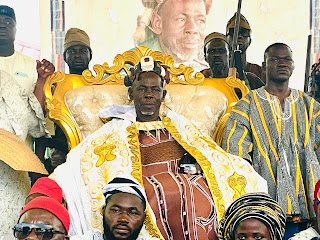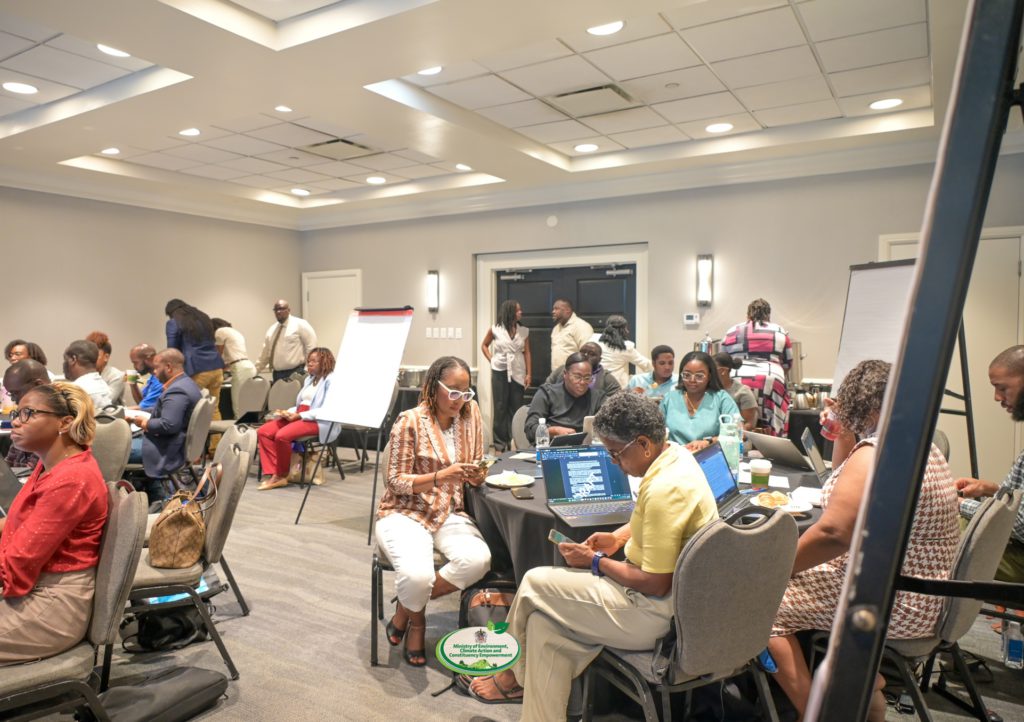Copyright eco-business

Singapore is deepening ties with the United States as it explores the potential of nuclear energy. The city-state’s energy agency has struck cooperation deals with the Idaho National Laboratory and Battelle Memorial Institute to study the feasibility of advanced nuclear energy technologies, building on similar collaboration ties forged with the US and nuclear giant France last year, it was announced on Monday. Speaking at Singapore International Energy Week (SIEW) via video link, US energy secretary Chris Wright said that small modular reactors (SMRs) – a type of nuclear reactor generates around 300 megawatts (MW) equivalent – “are now a reality” and are to be trialed in the US next year. Wright suggested that SMRs, which require less land but have a high energy density, might suit the Singapore context. Singapore’s minister-in-charge, energy and science and technology, Tan See Leng, said in a keynote address that while the Singapore public had “many questions” about the country’s nuclear energy plans, the government was “seriously studying” the power source’s feasibility. In 2012, a feasibility study found that nuclear power plants available at that time were not suitable for a small, densly populated city like Singapore. “Nuclear energy has the potential to be a safe, reliable, and cost-competitive option for Singapore,” Tan said, adding that dedicated teams focused solely on nuclear had been set up in the Energy Market Authority (EMA) and the National Environment Agency (NEA). Singapore released a background paper on nuclear energy on Monday. Our energy story is intertwined with those of our neighbours. The future lies not in isolation, but in interconnection. Tan See Leng, Minister-in-charge, Energy and Science & Technology, Singapore From nuclear fusion to regional imports Wright said that the US expects to have nuclear fusion technology on its grid within the next eight-15 years, and would be also open to working with Singapore on that technology – which involves merging atoms rather than splitting them. He pledged ongoing cooperation with Singapore on natural gas, noting that the US is the world’s largest exporter of the fossil fuel, and is aiming to double gas exports over the next five years. “We want to be that strategic, secure supplier of liquefied natural gas to power Singapore’s economy in the short term and medium term,” said Wright, who was CEO of natural gas firm Liberty Energy before his appointment by the Trump administration last November. Singapore relies on natural gas for 95 per cent of its energy, sourcing the fuel from Australia, Qatar, Malaysia and Indonesia as well as the US. Tan said that natural gas would “continue to play a fundamental role” in Singapore’s energy system, and the country would be looking to deploy two “advanced” gas plants that prioritise “carbon efficiency” by the end of next year. Singapore will also be exploring biomethane – which is produced from organic waste – as a low-carbon alternative to natural gas that can be dropped into traditional plants without expensive retrofits, Tan announced. The country’s first study into the potential for geothermal energy launched last year, and Tan said the government would have an understanding of how much subterranean power Singapore could possibly harness by late next year. Solar – which currently makes up only a small fracton of the city-state’s energy mix – is unlikely to contribute more than 10 per cent of its energy mix by 2050 due to land constraints, but Singapore is on track to achieving its ambition of at least 2 gigawatt-peak earlier than 2030, Tan said. The republic’s energy transition “cannot be achieved in isolation” and will depend on stronger regional interconnections to tap Southeast Asia’s renewable energy potential – estimated by the International Energy Agency at more than 20 terawatts of solar and wind resources, Tan added. He noted that Singapore and Indonesia are advancing renewables-sharing projects under a bilateral memorandum of understanding signed in June, with the first wave expected to start within the decade. Singapore has granted conditional approval to import about 1 GW of hydropower from Sarawak, around 2035, and is studying a second interconnector with Malaysia, which could add up to 2 GW of capacity by 2030, supplementing the existing 1 GW of connected capacity, Tan added. Singapore has now awarded about 8 GW of conditional licences and approvals for power imports to date, he said. “Low-carbon” data centre on Jurong Island Singapore plans to build a “low-carbon” data centre park on Jurong Island, the minister announced in his speech. Tan noted that the oil refining and chemicals hub is to be a global testbed for new energy and low-carbon technologies, and data centre developers would need to meet strict efficiency standards, use advanced cooling technologies, and integrate low-carbon energy sources into their operations. With a potential capacity of up to 700 MW, the new data centre project will be Singapore’s largest yet. It marks the end of a three-year moratorium on new data centres from 2019 to 2022, imposed amid concerns over the sector’s heavy energy and water consumption. Singapore accounts for around 60 per cent of Southeast Asia’s total data centre capacity. About 20 hectares of land have been designated on the 3,000-hectare Jurong Island for the project, which could substantially boost Singapore’s total data centre capacity – currently exceeding 1.4 GW across more than 70 facilities.



